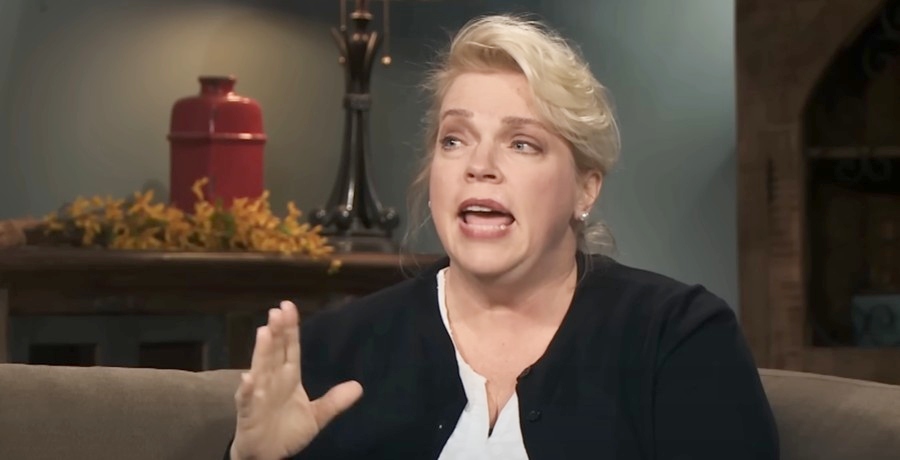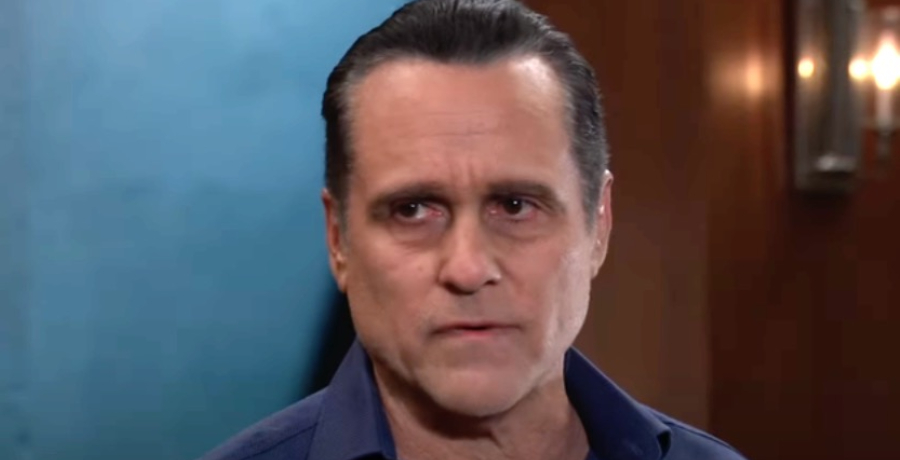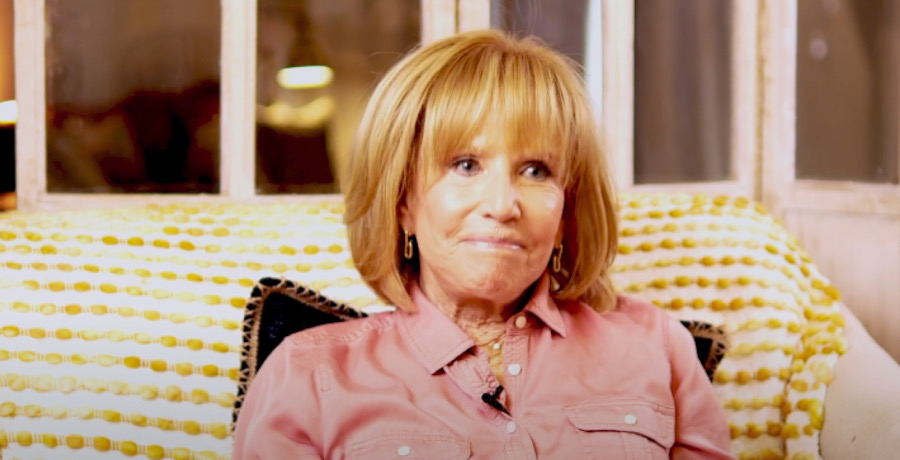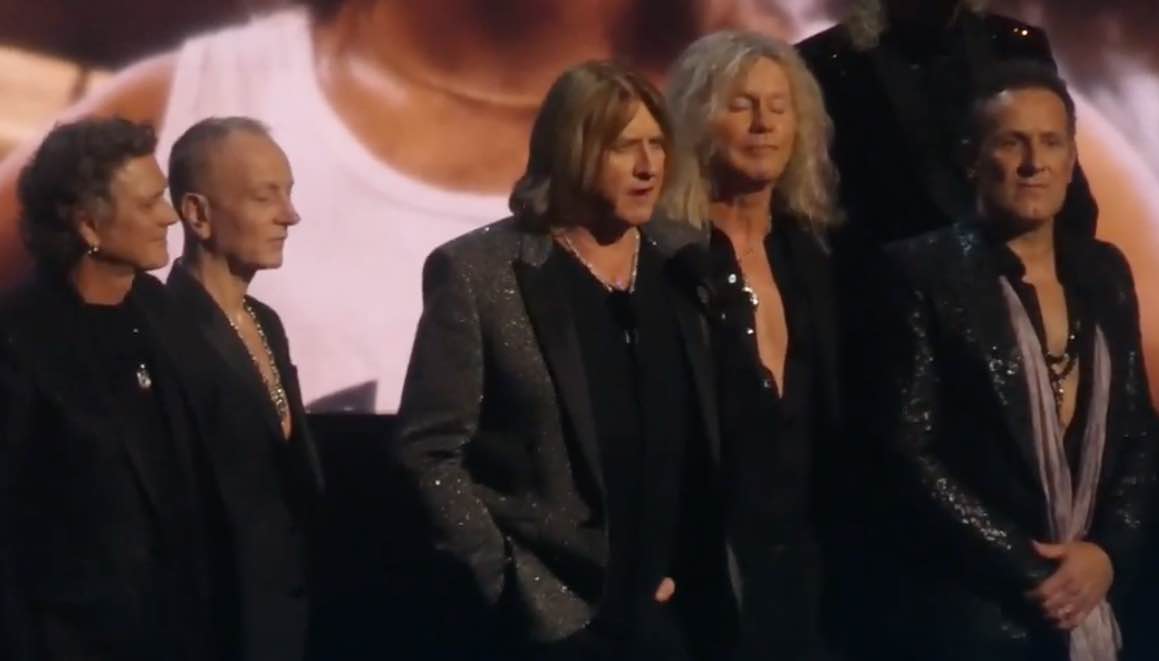Tomorrow comes the most wonderful time of the year: Record Store Day. As fun as some fans find it – and I joke that it’s my favorite holiday – it’s hard to remember how odd an idea it seemed when it started, in 2007. Back then, CD sales were sliding fast, download sales were growing a lot slower, and mass-market streaming was still taking shape. The idea of a day devoted to buying vinyl, much less in physical stores, was anything but obvious.
Now look. Vinyl generated more revenue in the U.S. than CDs by 2019, and more unit sales by 2022, according to the RIAA. Last year, vinyl generated $1.2 billion in the U.S. — more than Latin music, which brought in $1.1 billion, although Latin music brings in far more worldwide. And much of this growth came at a time of serious challenges, from insufficient manufacturing capacity to supply chain problems.
Now what? The future of vinyl was one subject that came up at a Nov. 3 panel that I moderated at RIAA headquarters in Washington, D.C. With me were Vinyl Me Please CEO Cameron Schaefer, Byrdland Records co-owner Alisha Edmonson, Thirty Tigers director of physical sales Mike Couse and consultant Simone Piece.
Among the topics that came up:
- How vinyl fulfills a need for “better connection with music”
- How the pandemic supercharged growth
- Whether recent new buyers will stick around for the future
The most important question, of course, is what this means for artists. It was disheartening to hear that delivering vinyl to stores even close to an album’s release date requires up to ten months of advance planning. Even so, many independent acts make more money on vinyl than they do from streaming.
Another highlight? A performance from Lola Kirke:
No one knows what the future holds for vinyl. Judging by the format’s fast growth, however, it will remain an important part of the recording industry’s revenue mix for at least the next few years, and perhaps long after that.
Watch the entire panel here:


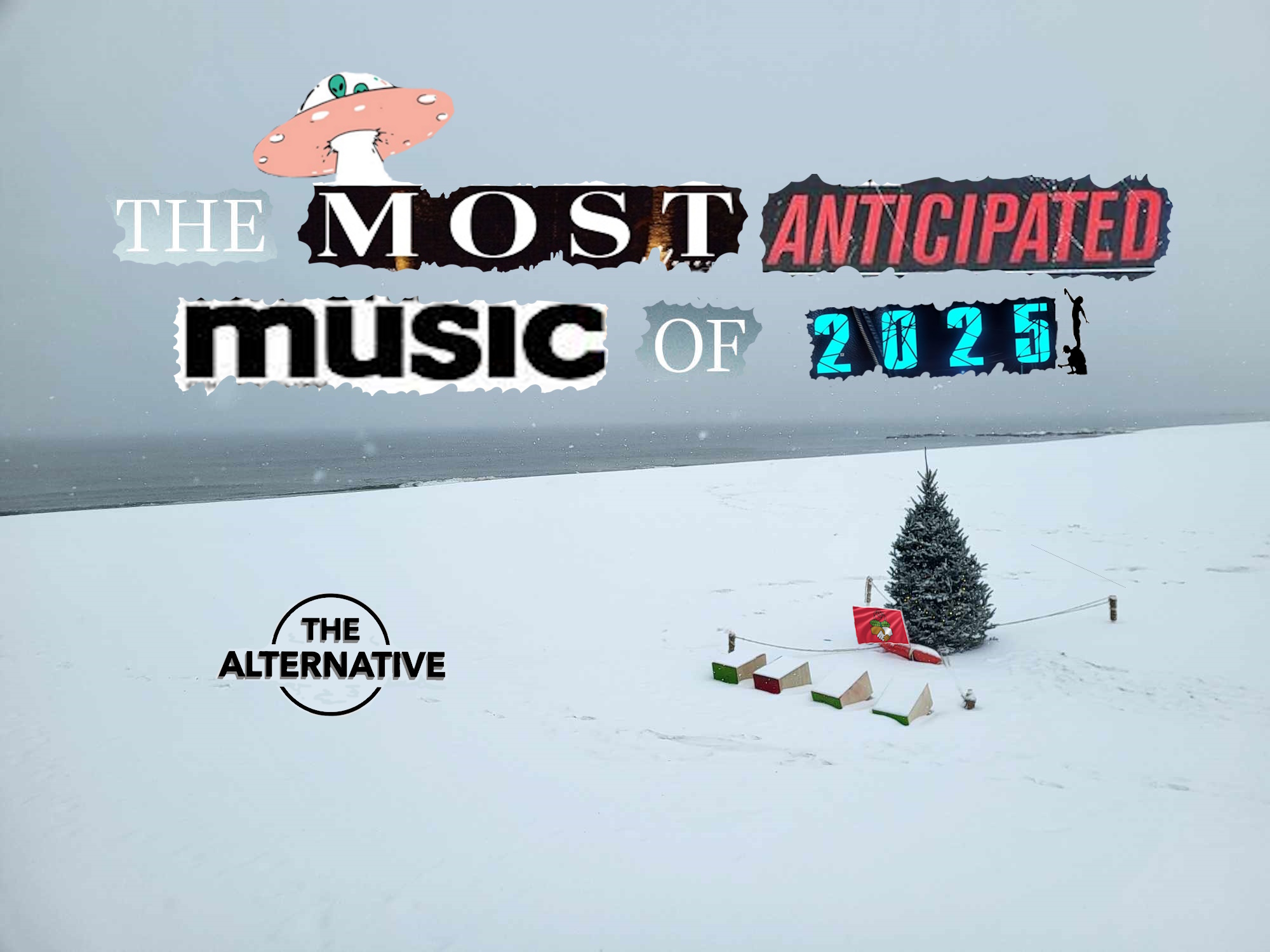
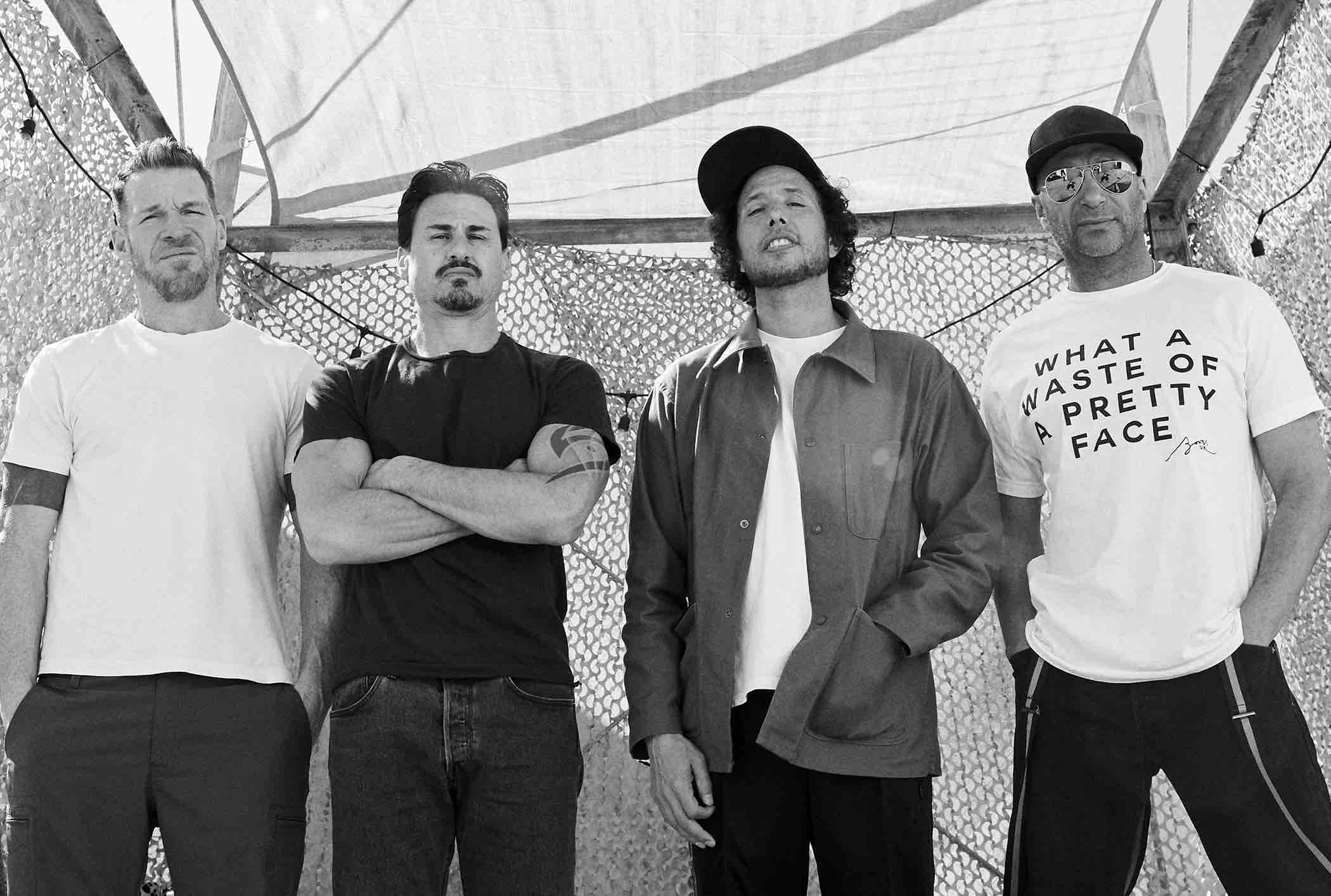




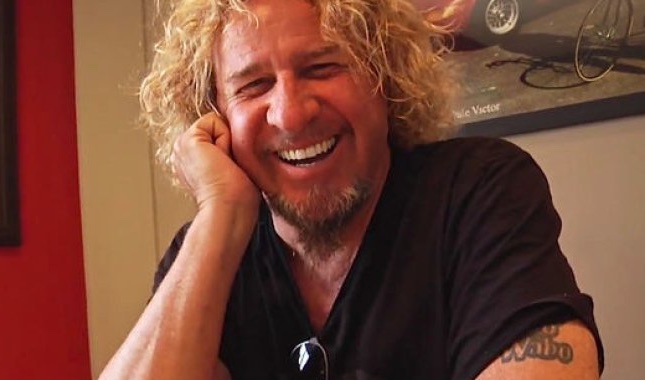





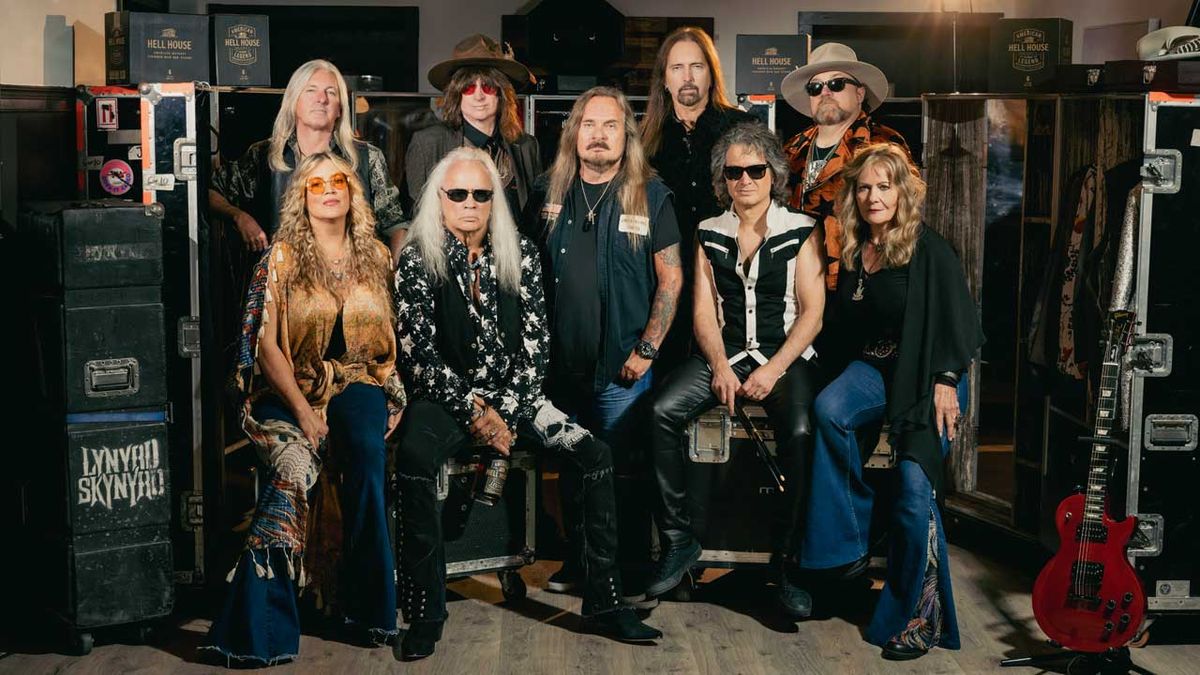























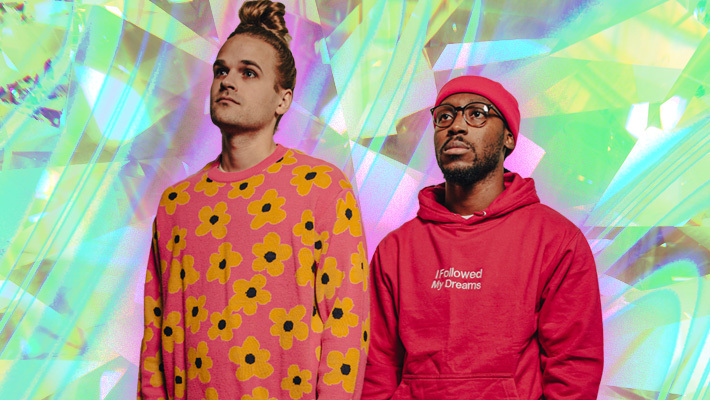


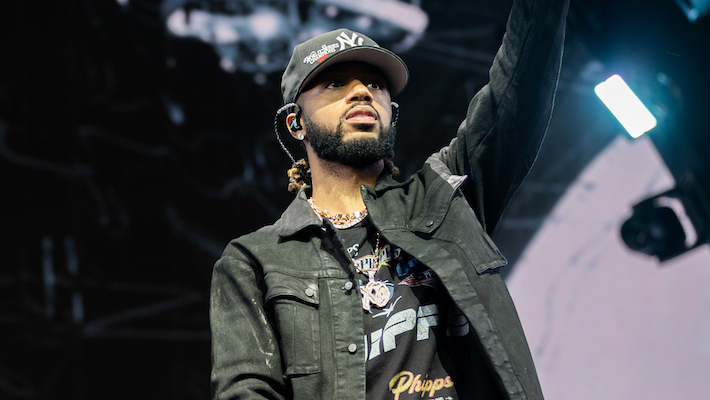



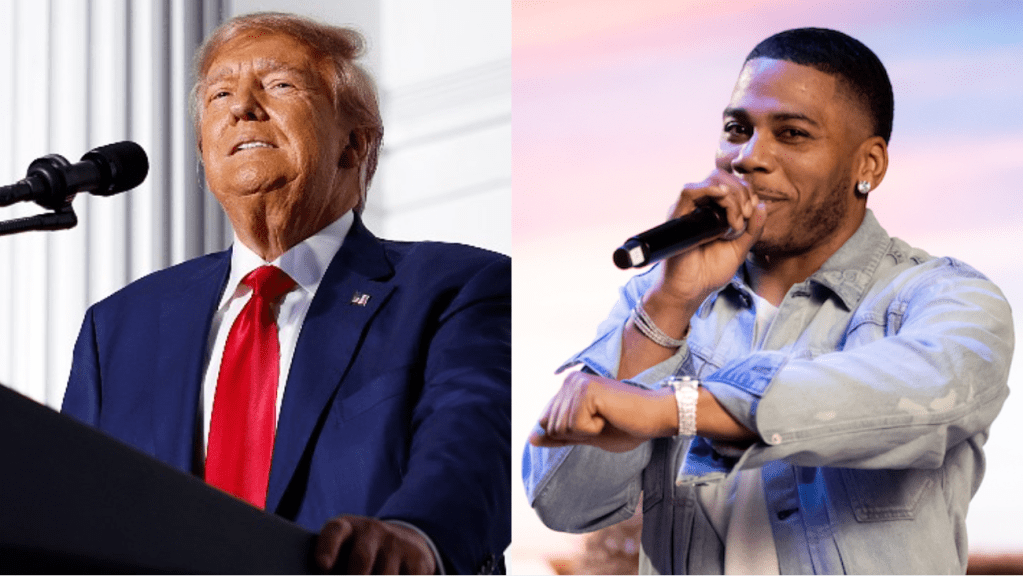




















![DEAR X [EP 4] Love Story 💕💕💕💞💞 #clamvevo #kiparabrand #dontatv #love #movie #comedy DEAR X [EP 4] Love Story 💕💕💕💞💞 #clamvevo #kiparabrand #dontatv #love #movie #comedy](https://i.ytimg.com/vi/ACCH9SwXu84/maxresdefault.jpg)

















